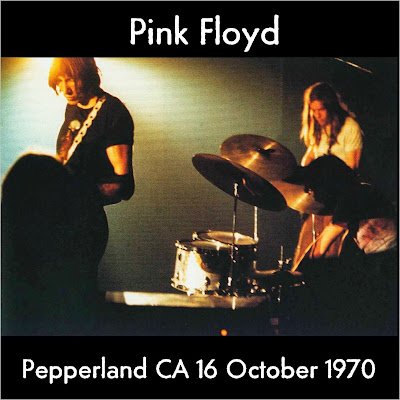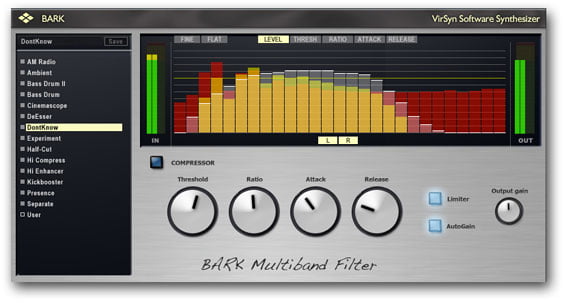Izotope Rx Compression Level
THRESHOLD: Determines the level at which the De-ess module begins compressing sibilance. The Threshold control has two modes that determine how it reacts to incoming signal level. It is specified in decibels, relative to speech level (Relative Mode) or full scale (Absolute Mode).
Auto Level Mode
Let's go through what Vocal Assistant did to our example vocal to take care of the housekeeping and add coloration to get us started. The first thing Vocal Assistant did was listen to the input and set the Auto Level Mode, which rides your gain for you to make sure that you have a consistent level throughout the entire performance. This means no hand-drawn automation, and no fader riding.
Mixmeister fusion serial number mac. Whether you use it for live gigs or mix CD production, Fusion lets you achieve true performance perfection. Export your completed mix as an MP3 or burned to a CD using the integrated burning tools.
Follow EQ
Vocal Assistant also set the tonal balance by noting areas of sonic importance with EQ nodes. It heard these areas as being important or interesting, and placed a node on the EQ. From here, we can go even further and actually set these nodes to EQ follow by clicking on the node to open the HUD and pressing 'Freq.' The EQ then attaches itself to one of the harmonics and follows it wherever it goes, which gives you transparent reduction of harshness or sourness wherever Vocal Assistant found it in the spectrum.
De-esser
The next bit of housekeeping happens in a De-esser. To make sure that we're actually de-essing what we want to be de-essing, we can isolate just what the module is hearing by pressing the ear icon, which is a great way to check the work of Vocal Assistant.
Gain tracing


The other thing that Vocal Assistant did was set a compressor with this beautiful gain trace, pushing down and controlling the dynamic range of this vocal and really keeping up with Kyle as he spits bars.
Here's what's happening. The uncompressed input signal waveform is displayed in dark gray. This is the signal before compression, but when the signal is being compressed, we see gain reduction applied to the output signal displayed in light gray. This is the signal after compression. The yellow trace line indicates the gain reduction applied by the compressor. You can use this trace meter to monitor the response times, attack and release phases, and gain reduction applied over time.
Reverb
The last thing that Vocal Assistant did was set up a reverb in a really nice post EQ, which protects some of the input signal from reverb so that things don't get drowned out.
Pro tip: Hit the solo button in Nectar 3 to bypass all other modules to hone in and get a very specific sound in that module. So when I hit the 'S' button, I only hear the reverb here and not the effect of the compressor, de-esser, or other EQ.
Now that my vocal is in a really good spot, I want to unmask it and help it pop even further in the context of this mix.
Unmask and make space for your vocal
To unmask the vocal, I'm going to use inter-plugin communication to create a pocket, a space for the vocal, so that it can be more intelligible. When something is masking something else in a mix, it means they're sharing space in the frequency spectrum. That collision might result in one element being less intelligible or less audible than it would be if they weren't masking each other. To do that, I'm going to go open up a Relay plug-in.
Izotope Rx Compression Levels
Relay creates a way for my instrumental beat to talk to Nectar 3. I'm going to go back to my lead vocal, open Nectar 3, and return to Vocal Assistant. Unmask is going to carve space for the vocal by comparing it to another audio track in correcting frequency masking. When I play audio, it's going to listen to the two tracks and put a behind-the-scenes EQ on the beat to carve a pocket, so that the vocal is more intelligible and audible.